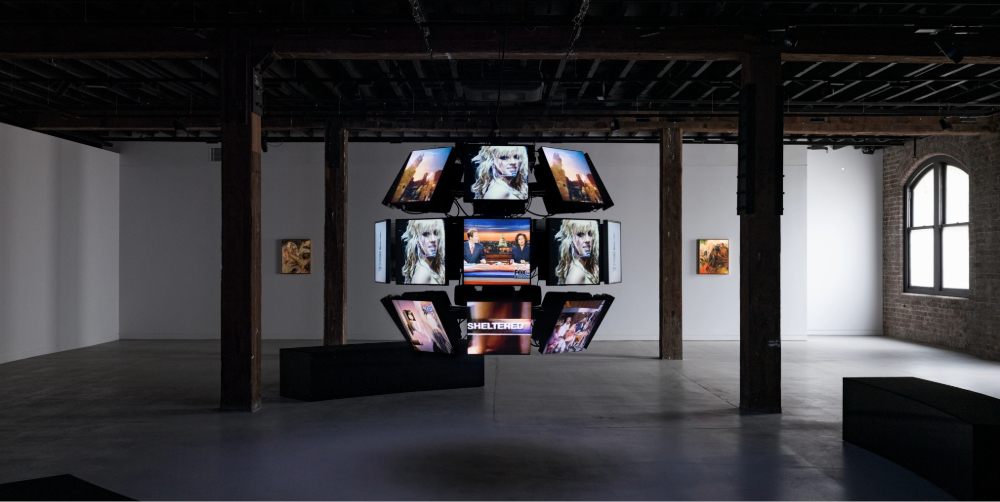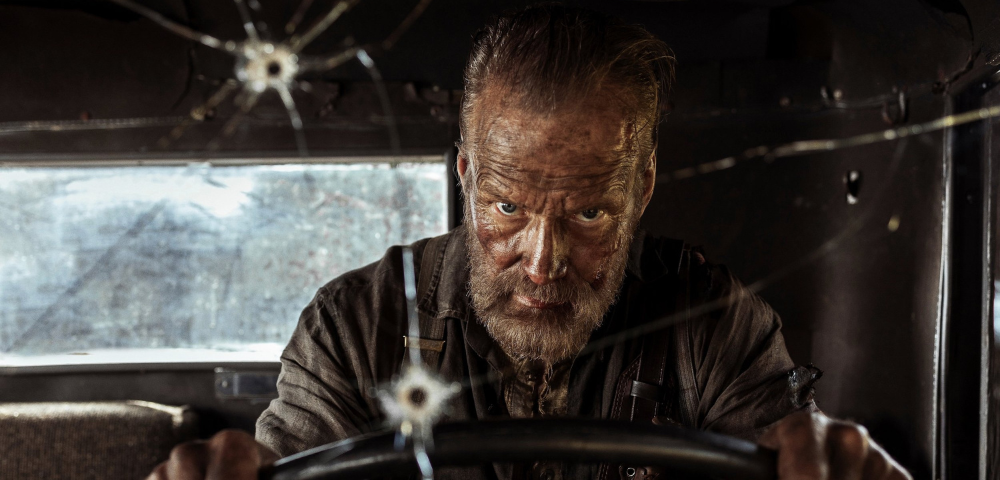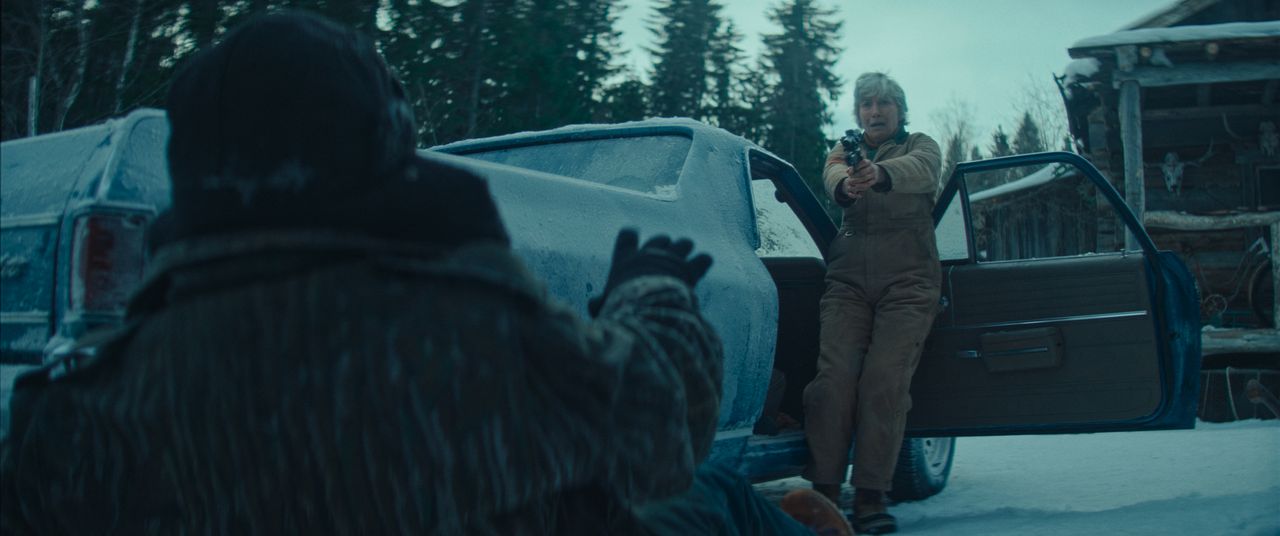
Artspace’s Katie Dyer on ‘Safe Zone’: Exploring AI And The Politics Of Memory

Safe Zone, now showing at Artspace, is a work about what the world remembers and what it lets slip away. In his first Sydney solo exhibition, artist Christopher Kulendran Thomas stitches together two “ground zeros”: the endlessly replayed morning of September 11, and the largely unrecorded 2009 Mullivaikkal massacre in Sri Lanka, where tens of thousands of Tamil civilians were killed.
One event lives in global consciousness; the other is an absence.
For Senior Curator Katie Dyer, the project fits squarely within Artspace’s long-standing mission. “Artspace, since the 1980s, has invested in supporting artistic practice that engages with the issues of the time and experimental forms,” she says to CityHub.
With public debate around AI reaching a peak, working with an artist using it thoughtfully—and politically—felt “very timely.”
Artspace’s Katie Dyer on the multimedia vision of Safe Zone
At the literal centre of Safe Zone is Peace Core (sphere), a rotating orb of 26 screens powered by a purpose-built AI that continually recombines around 24,000 fragments of American television aired minutes before the first plane struck.
Morning chatter, commercials, music clips: a benign chorus over looming catastrophe. The hypnotic, never-repeating edits gradually make visible how that day’s rupture rippled globally for decades.
“It’s like teetering on the edge,” Dyer says. “This moment before something tragic occurred, and something that then had global repercussions.”
Surrounding the sphere are twelve large paintings Thomas conceived using a neural network trained on generations of Sri Lankan artists before being translated by hand onto canvas.
These works imagine the Mullivaikkal massacre, where journalists were barred and no images survive.
“They’re very difficult topics,” Dyer says. “One group of images we’re familiar with, to the point of deluge—and another society’s undocumented experience is almost completely absent.”
The contrast is deliberate, bridging two media eras: old broadcast media versus the hyper-saturated, multi-screen image culture of the present; hyper-visibility beside erasure.
“Broadcast television was still dominant in 2001… and now we live in a multi-screen moment. He’s joined them together in this singular work,” Dyer says.
For Dyer, that tension drives the exhibition’s emotional core.
“People with actual lived experience will be in our audience,” she says. “So we thought very carefully about the role of symbolic representation, as opposed to literal or documentary images.”
That care extended into extensive community consultation and working closely with Sri Lankan and Tamil artists, scholars and advocates throughout the curatorial process. “We brought a really great community around us so we could seek the right advice,” Dyer says. “It was crucial to presenting this work responsibly.”
While AI dominates public discourse, Thomas avoids the usual spectacle surrounding it. “AI is simply the tool,” he notes. “Its significance lies in how it reframes perception, time and narrative.”
As for what audiences should take away, she resists prescribing a reading. “With Christopher’s work there isn’t a singular message,” she says. “Let your imagination and your own responses guide where you go.”
But she is certain of one thing: Safe Zone feels urgently of the present.
“It’s profoundly important,” she says, “ because these connections—between his community, 9/11, and today’s fraught political environment—remind us how easily people’s tragedies are made less visible. Art helps us stay with these issues.”
Christopher Kulendran Thomas’ Safe Zone is on display till 15 February 2026 at Artspace Gallery.










Leave a Reply